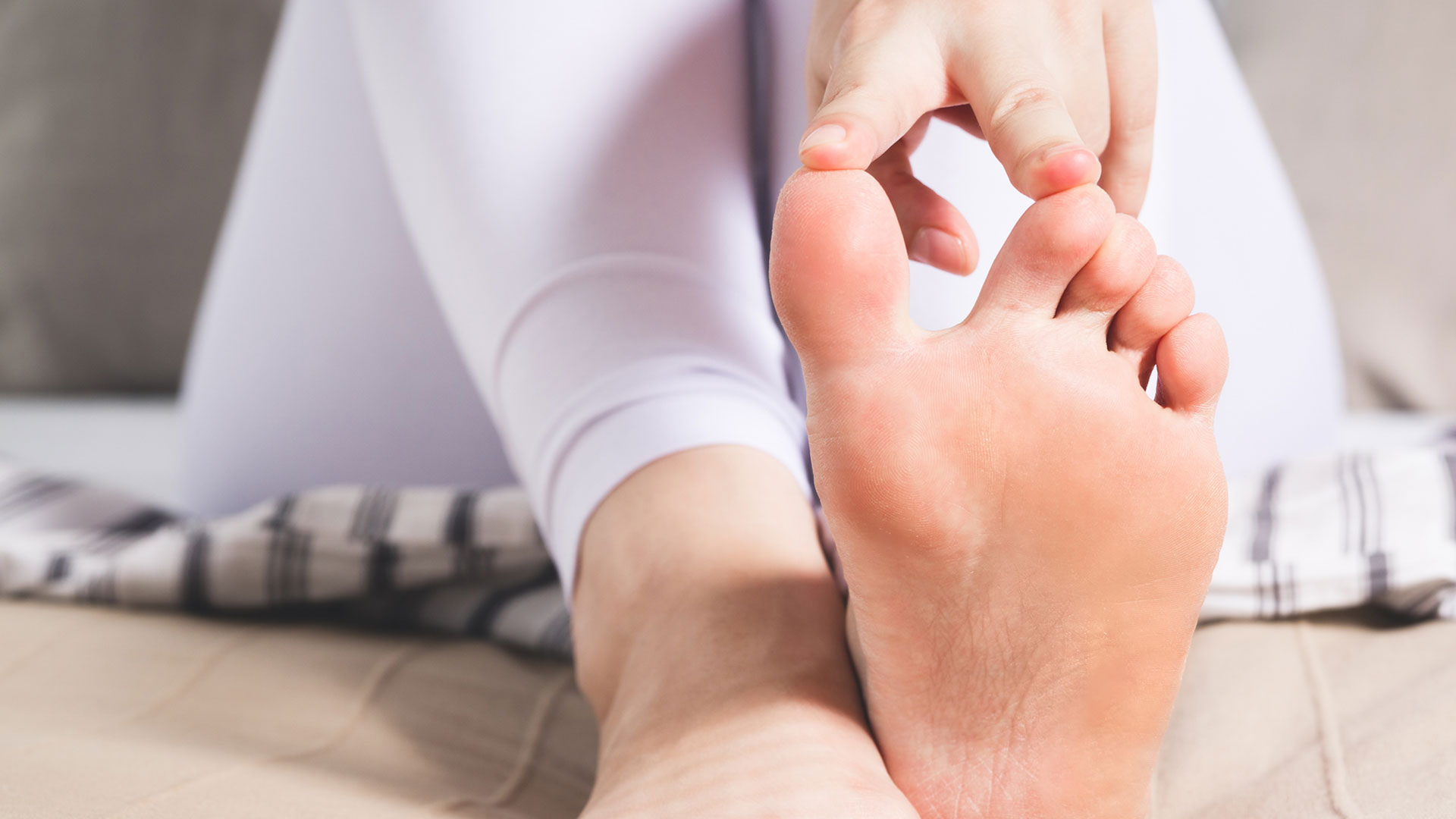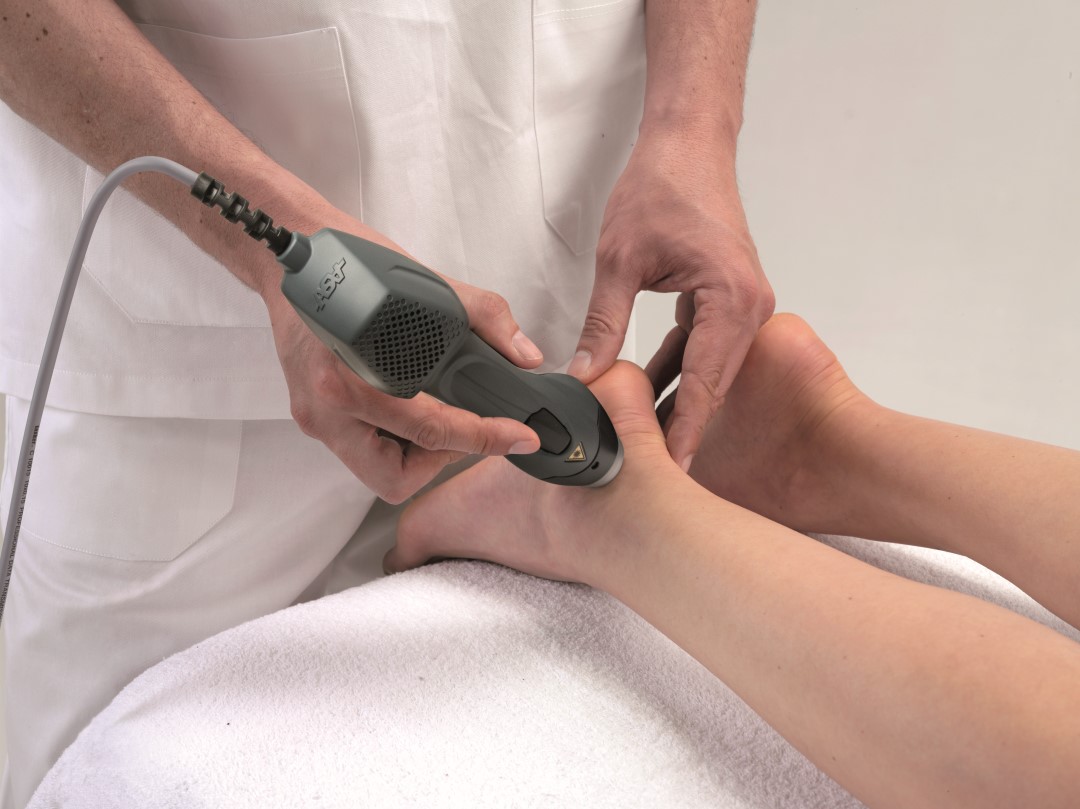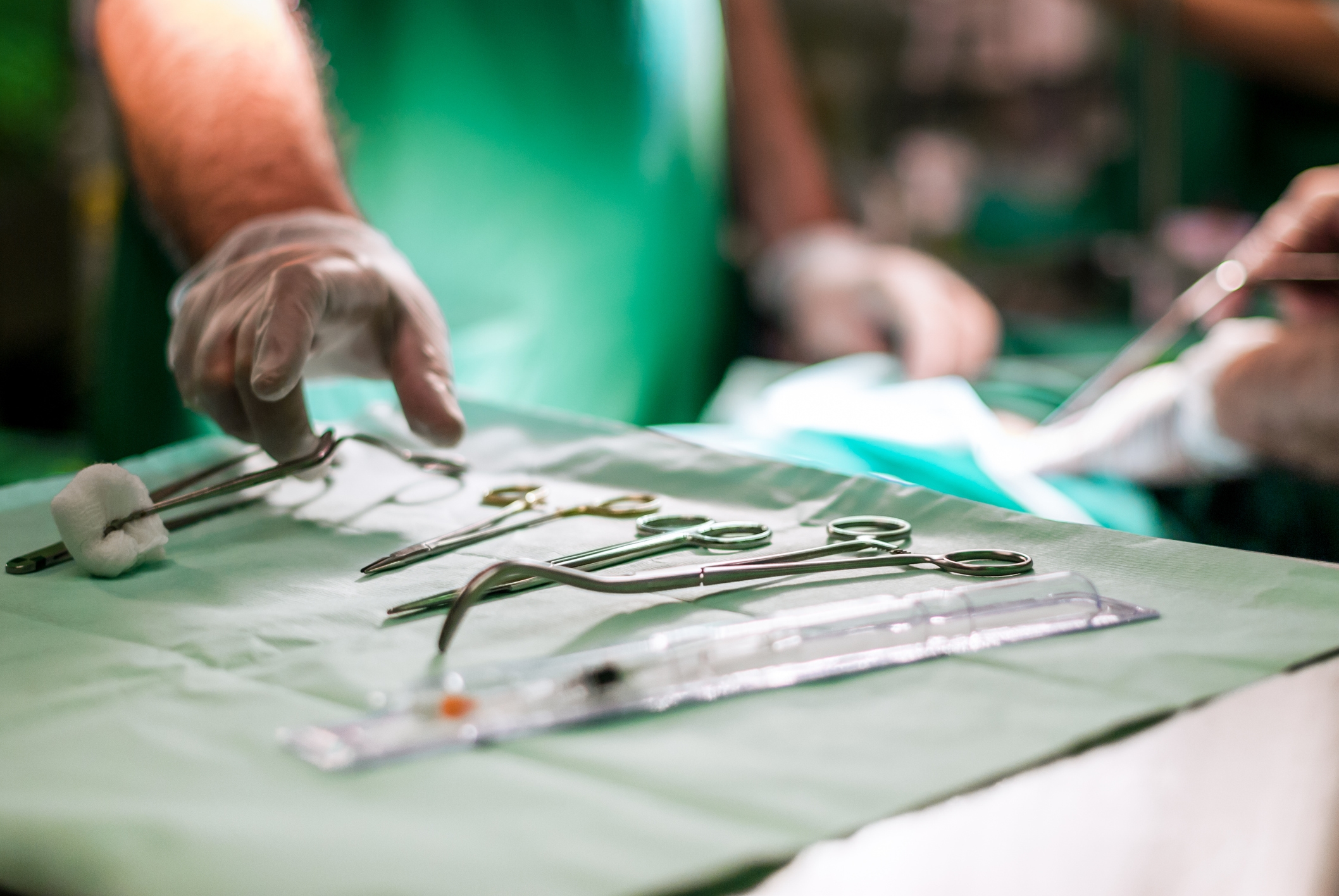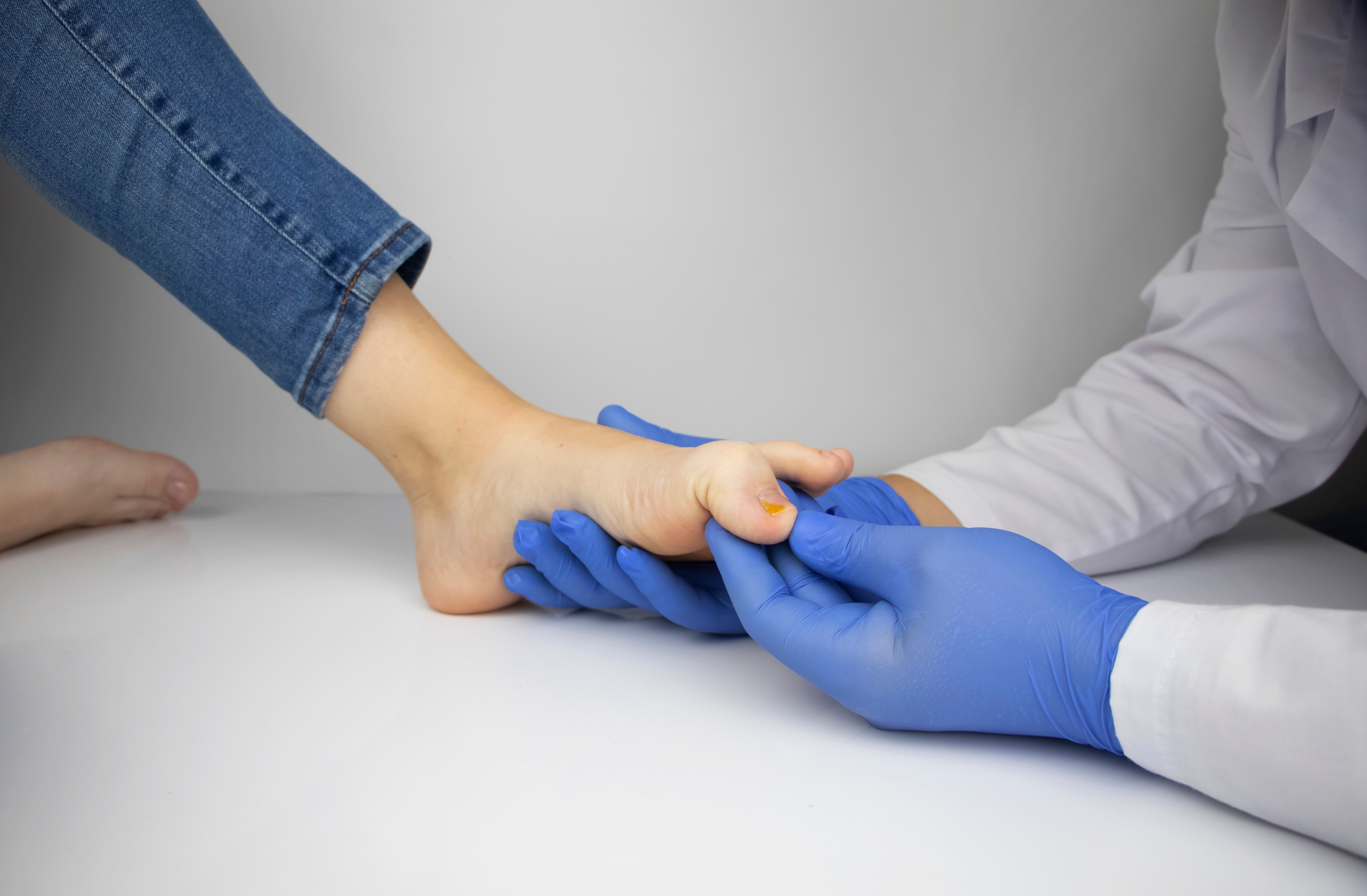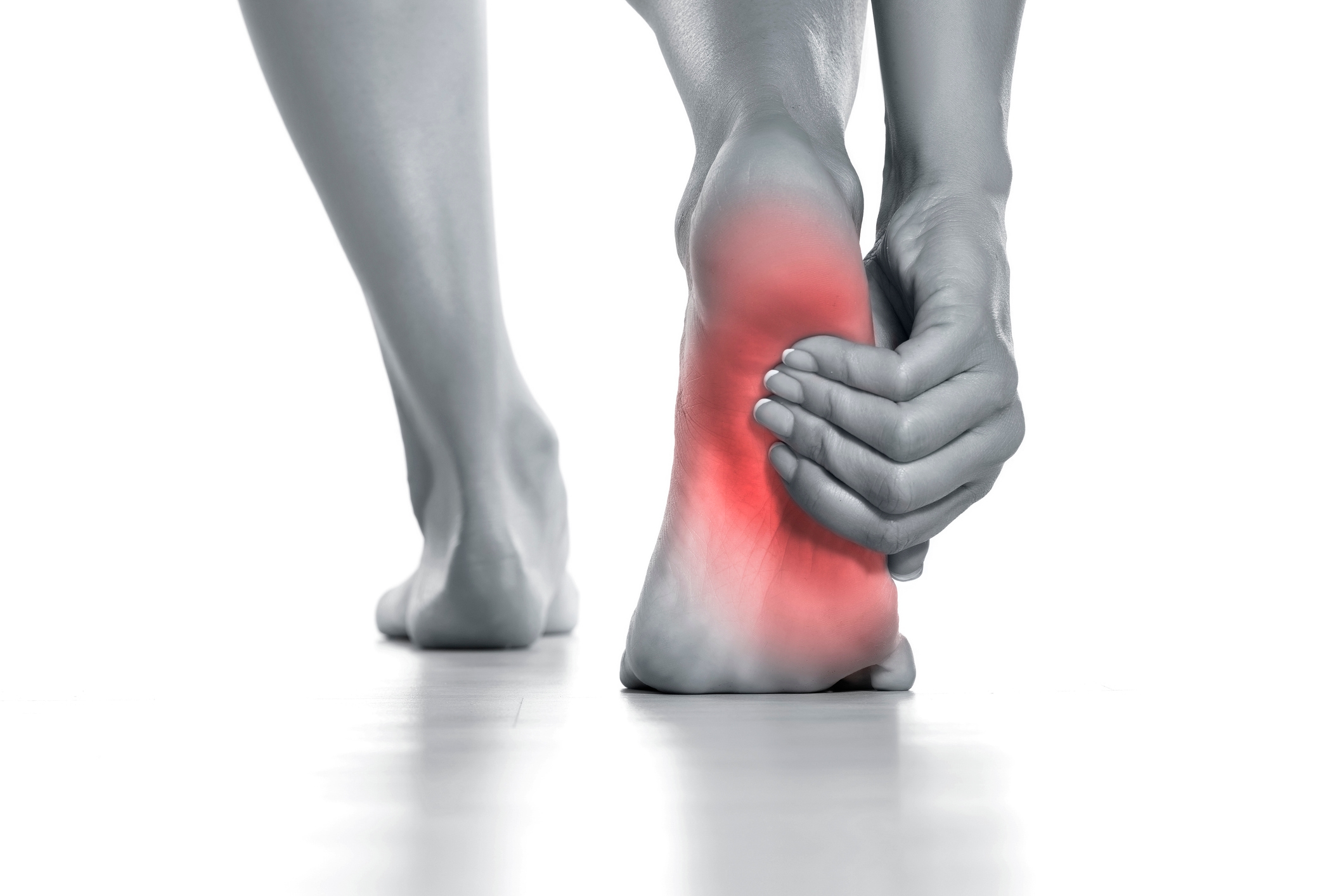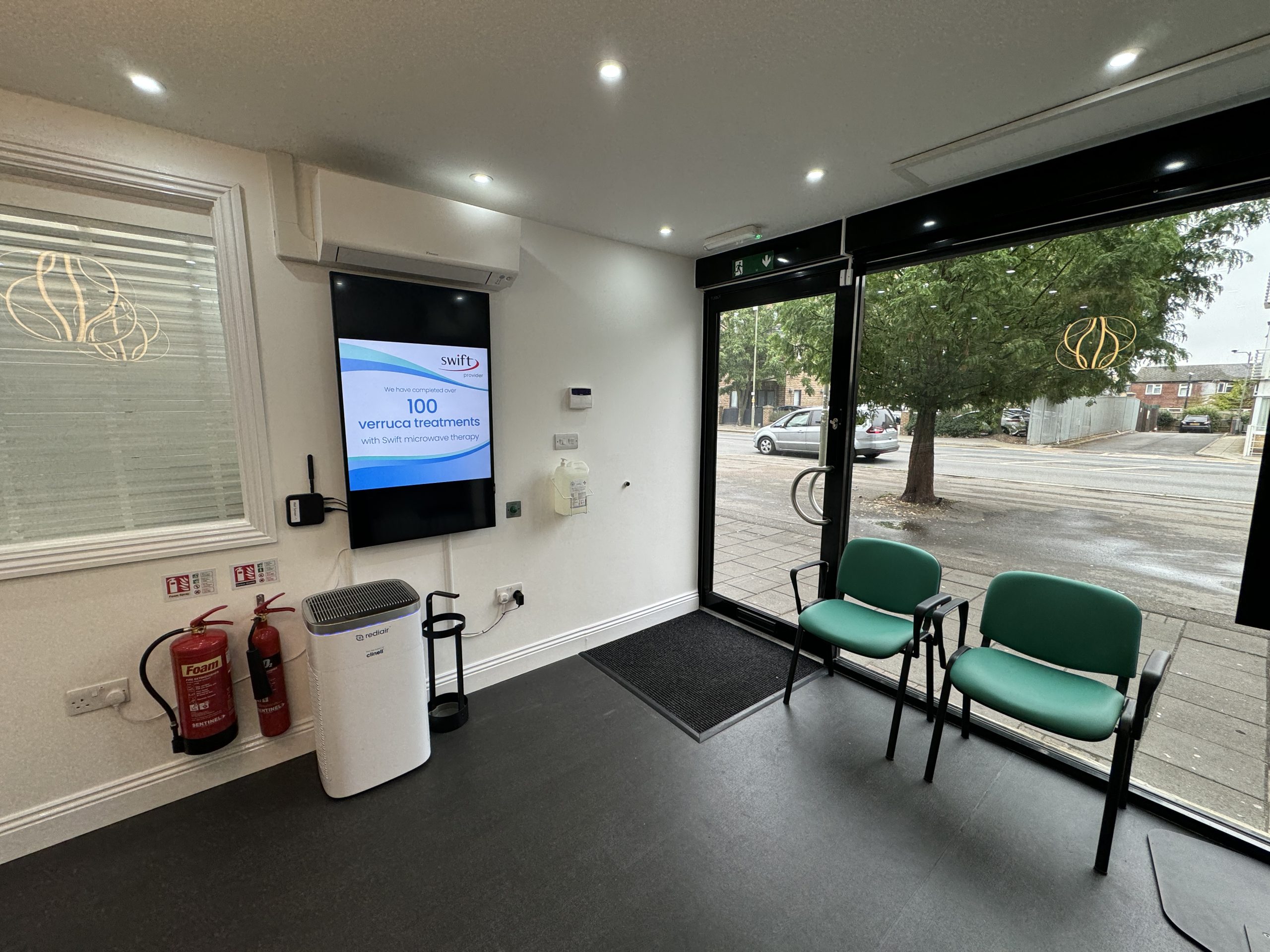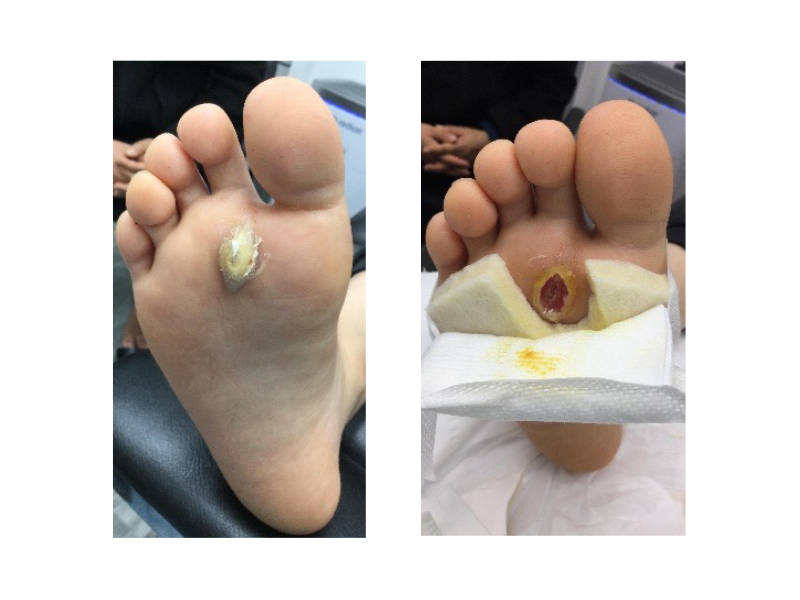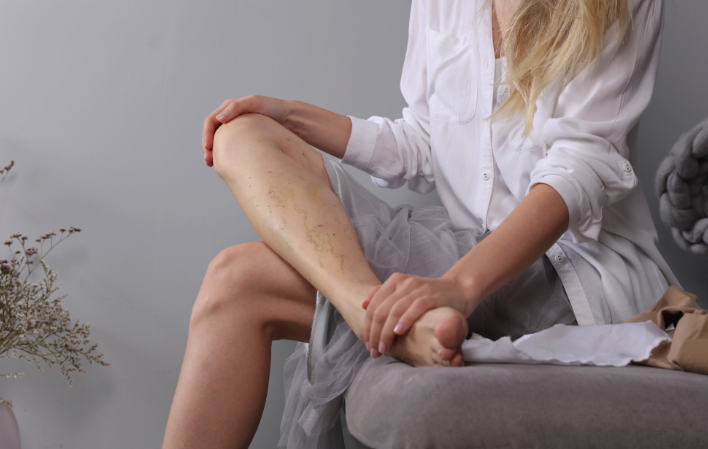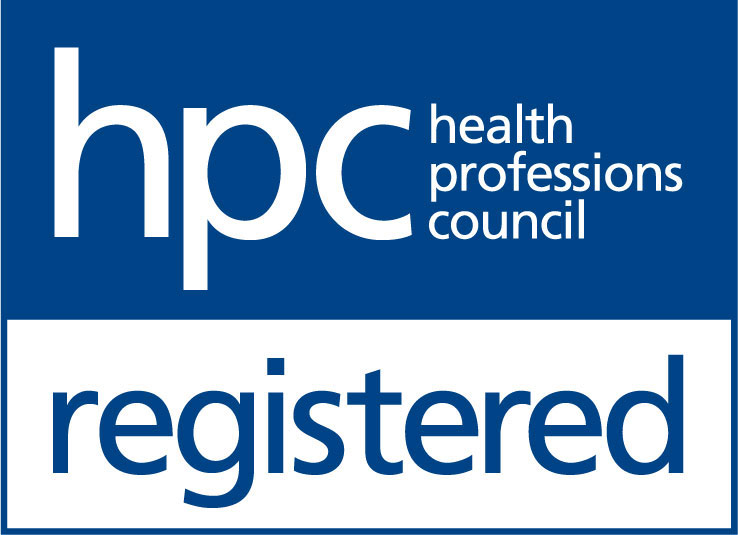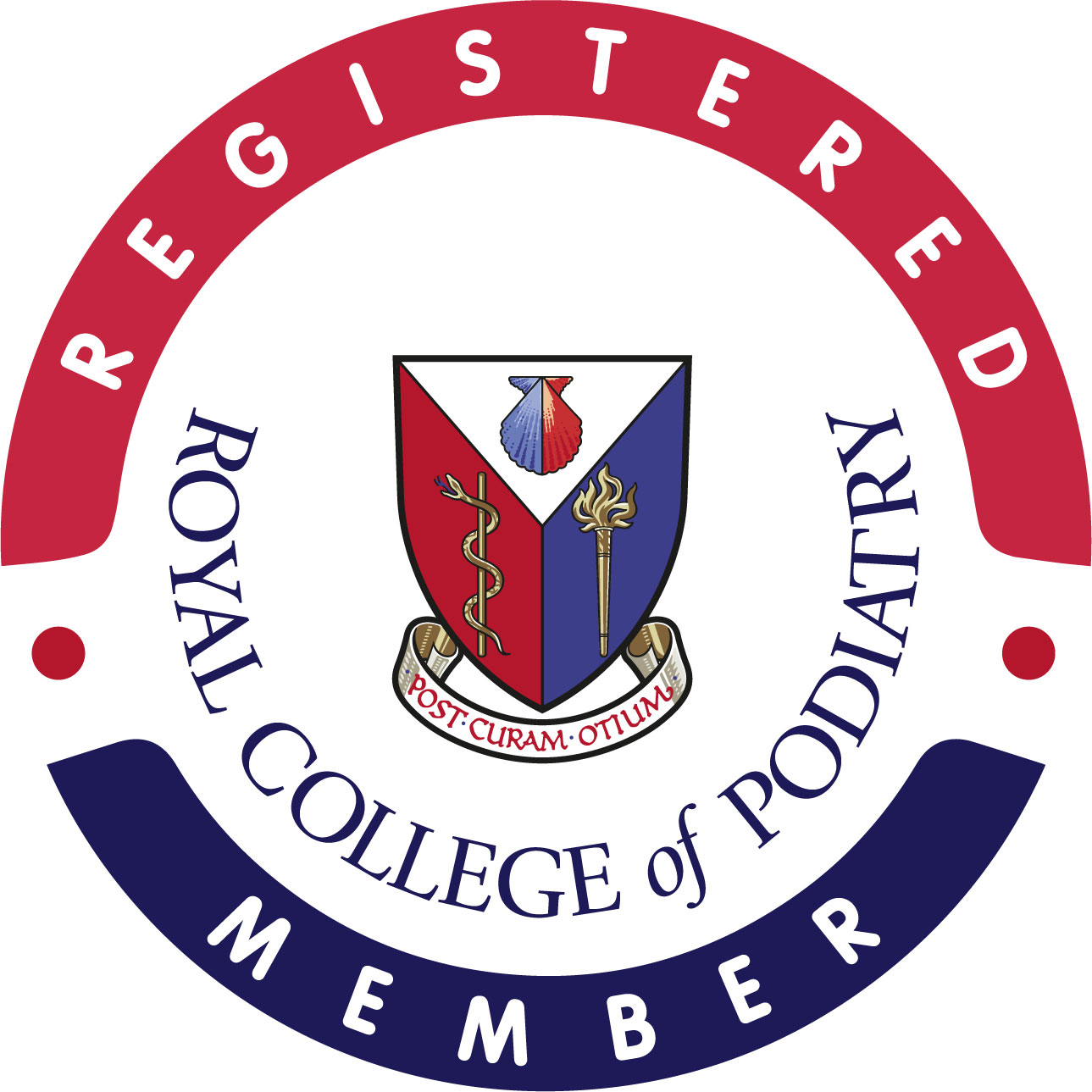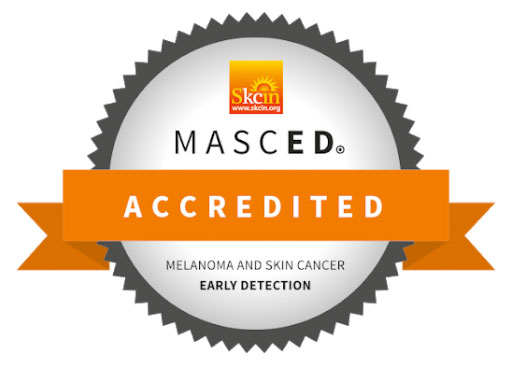All you need to know about foot & nail care for the whole family
At Podiatry Station, we believe that informed patients make the best decisions for their foot health. Our blog page is designed to keep you in the loop about the cutting-edge world of podiatry. Whether you’re interested in the latest techniques, practice updates, or exclusive special offers, you’ll find it all right here.



